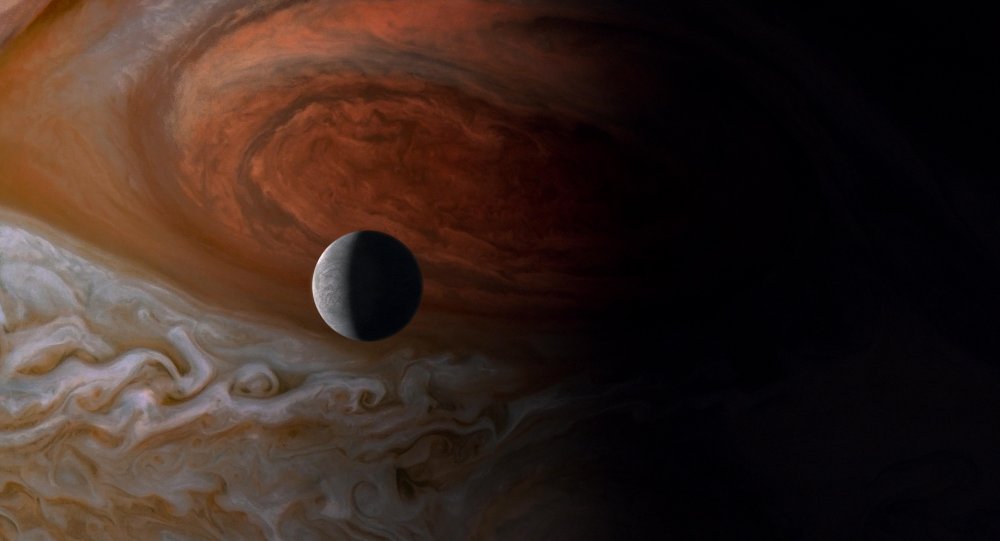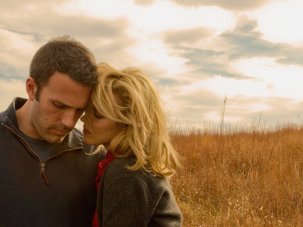“Mother, you walked with me then… in the silence… before there was a world… before night or day… into stillness… when nothing was…”
Watchers of recent Terrence Malick films will recognise the slow-drip voiceover style here, as read with mild plaintiveness by Cate Blanchett: sententious and banal, seemingly designed to rival scripture but nowhere near up to the comparison as writing, as expression of emotion. It is also so pompous that it’s wide open to satire. I kept thinking of John Lennon’s Reichian scream of a song Mother: “Mother, you had me, but I never had you”; others were citing Sandy Powell’s 1930s British radio catchphrase ‘Can you hear me mother?’
This passive-aggressive arrogance of tone is interesting and counter-productive since the film’s depiction of a voyage through time as measured in billions of years seeks to diminish human arrogance to its proper place in the larger scheme of things – the blink of an eye. The ‘mother’ remains undefined. Possible candidates gestured at, while the elements of the universe and our solar system get put together, include mother earth, the sun, the universe, a female deity and the mother of Christ, but I think Malick means the creative force itself.
There are, of course, many gorgeous, often abstract images made here to simulate and/or replicate creation in action, although they all pretty much cleave to a National Geographic magazine aesthetic of prettified and colour-enhanced wonderment – seething volcanic activity, teeming microscopic organisms, etc. We know and marvel at this kind of thing regularly when we watch David Attenborough nature series on TV and often do so here. Though there’s very little in the way of ‘nature red in tooth and claw’, there is one quite devastating image of natural cruelty when we see a living flatfish, swimming seemingly unaware that a seal has just taken a perfect bite out of it, then shortly see what may be that fish again as a bitten-up remnant.
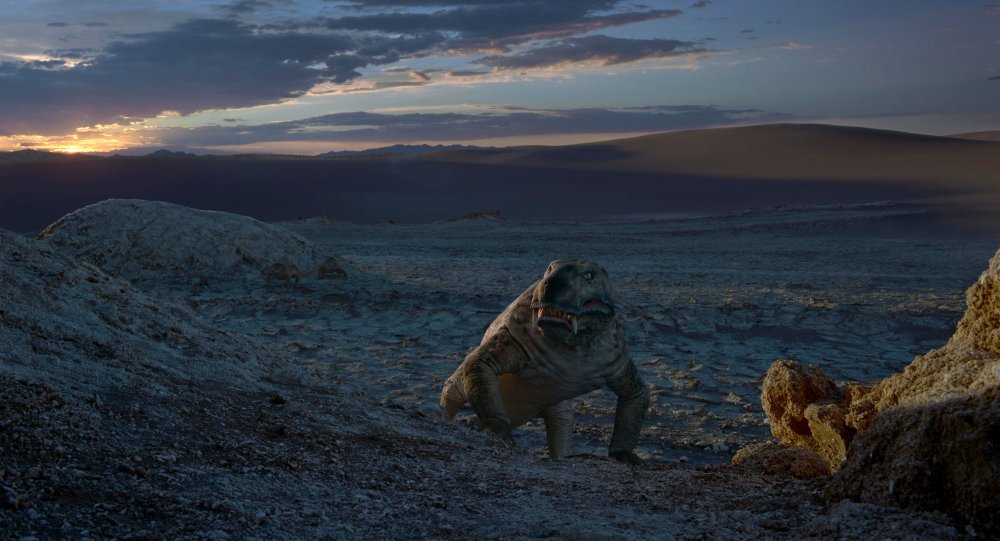
But such shockingly casual moments are few. There’s a couple of unconvincing dinosaur shots much like the ones in Tree of Life. The comet that arrives to make dinosaurs extinct is an effective moment of invisible-consequence subtlety. When Neanderthal humans appear towards the end, they are lithe and spooked, looking like nothing so much as a modern dance troupe wearing prosthetic teeth lost in the desert trying to steal an Ostrich’s eggs. As in all recent Malick films, nothing is dwelt on long enough for it to register much, especially given the time scale the film wants to represent.
I’m aware that nothing I say here will put off the loyal rump of Malick’s continuing supporters – they include friends of mine – but this near impactless ‘documentary’, supposedly many years in the making, for me, really is the creative vacuum his career has been headed for lately. It won’t halt the flow of his films (nor should it – I believe he could make something great again) because actors give him a similar fealty, despite the vagueness of his recent work, to that which Woody Allen receives.
The version of Voyage of Time: Life’s Journey we watched here in Venice was a 90-minute feature version. I’ve heard that the IMAX version will be just 45 minutes long. Now that, in Malickian terms, really is the blink of an eye.
In the June 2016 issue of Sight & Sound
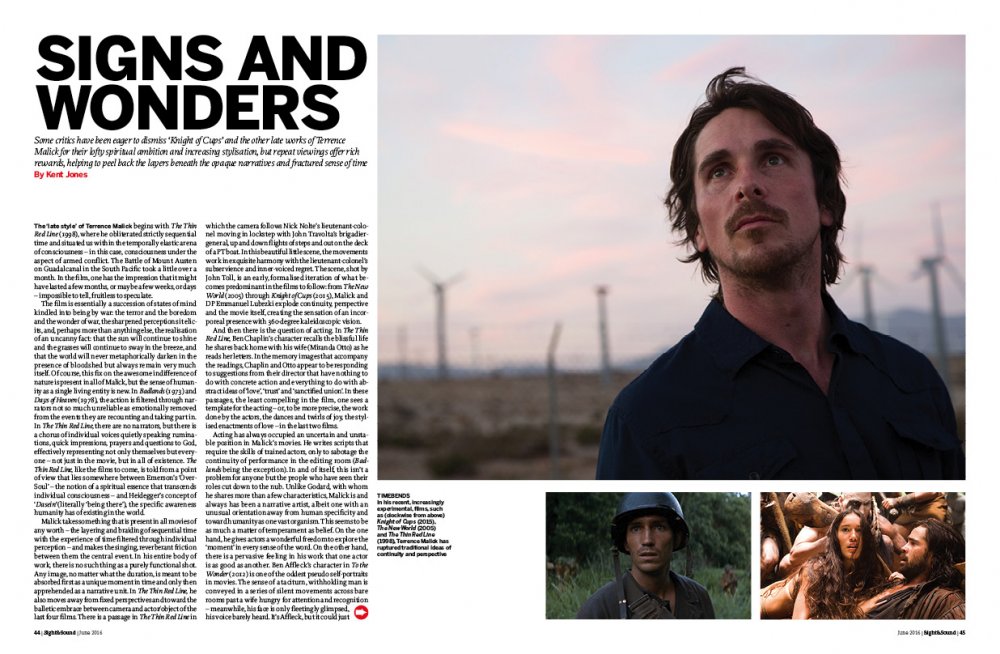
Signs and wonders
Some critics have been eager to dismiss Knight of Cups and the other late works of Terrence Malick for their lofty spiritual ambition and increasing stylisation, but repeat viewings offer rich rewards, helping to peel back the layers beneath the opaque narratives and fractured sense of time. By Kent Jones.
-
Venice Film Festival 2016 – all our coverage
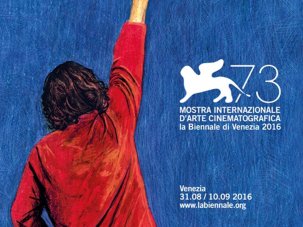
Read our reviews of the top new films unveiling on the Lido.
-
The Digital Edition and Archive quick link
Log in here to your digital edition and archive subscription, take a look at the packages on offer and buy a subscription.




